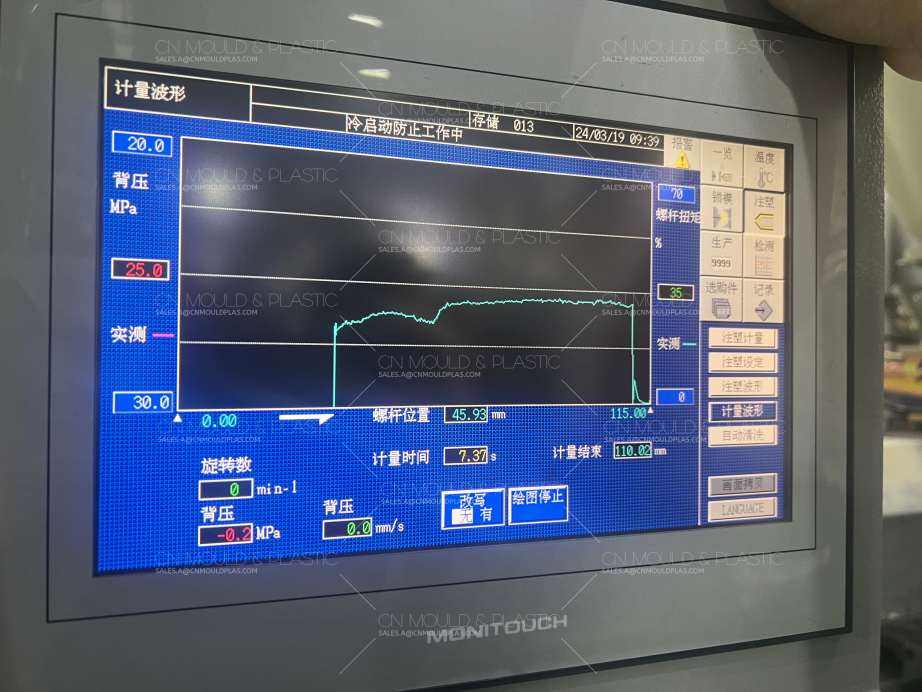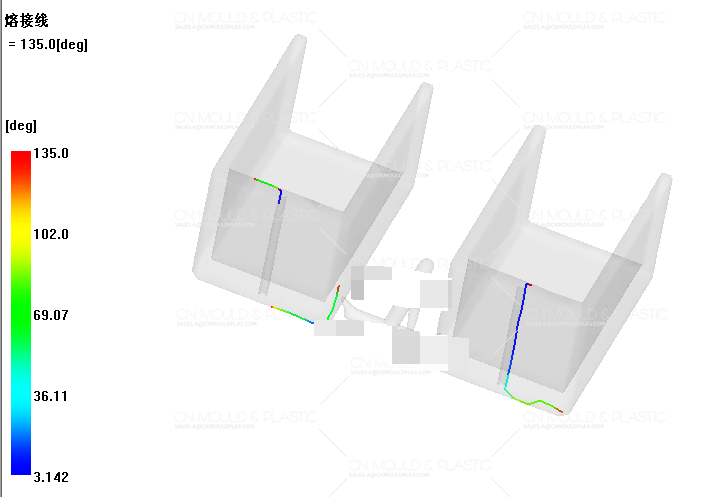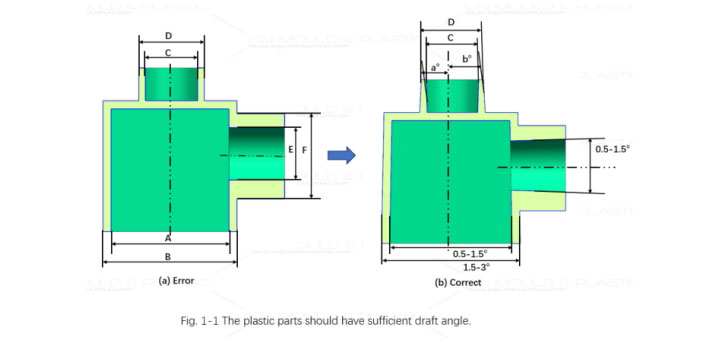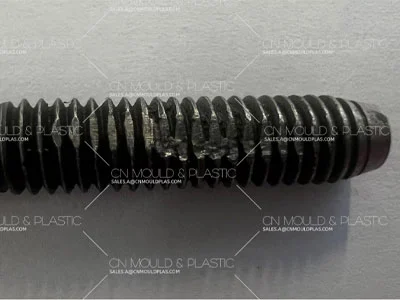The filling stage is the first and arguably most critical step in the injection molding process. It begins when the mold closes and molten plastic is injected into the cavity, and ends when the cavity is approximately 95% full.
While a shorter filling time theoretically translates to higher efficiency, various factors in practice can influence the optimal duration and speed of injection.
1. Reduced Viscosity: High shear rates during high-speed filling can cause shear thinning in the plastic, reducing its overall viscosity and resistance to flow.
2. Thinning of the Solidification Layer: Localized viscous heating can also lead to a thinner solidification layer.

1. Increased Viscosity: Lower shear rates during low-speed filling result in higher localized viscosity and greater flow resistance.
2. Enhanced Heat Transfer: The slower flow rate allows for more significant heat transfer, with heat being rapidly dissipated by the cooler mold walls.
3. Thicker Solidification Layer: The reduced shear heating effect contributes to a thicker solidification layer, further increasing flow resistance in thin-walled sections.
When viewed under appropriate lighting conditions, weld lines can be observed as visible lines on the surface of the molded part. These lines not only affect the appearance of the part but can also reduce its strength due to stress concentrations caused by the weak microstructures.
In general, weld lines formed at higher temperatures exhibit better strength. This is because higher temperatures enhance polymer chain mobility, allowing them to interpenetrate and entangle more effectively. Additionally, the temperatures of the two streams are more similar at higher temperatures, leading to better mixing and stronger bonds in the weld region. Conversely, weld lines formed at lower temperatures tend to be weaker.

The filling stage is a complex process that involves a delicate balance between various factors. By understanding the underlying mechanisms and principles, manufacturers can optimize their injection molding process to achieve high-quality parts with minimal defects.

